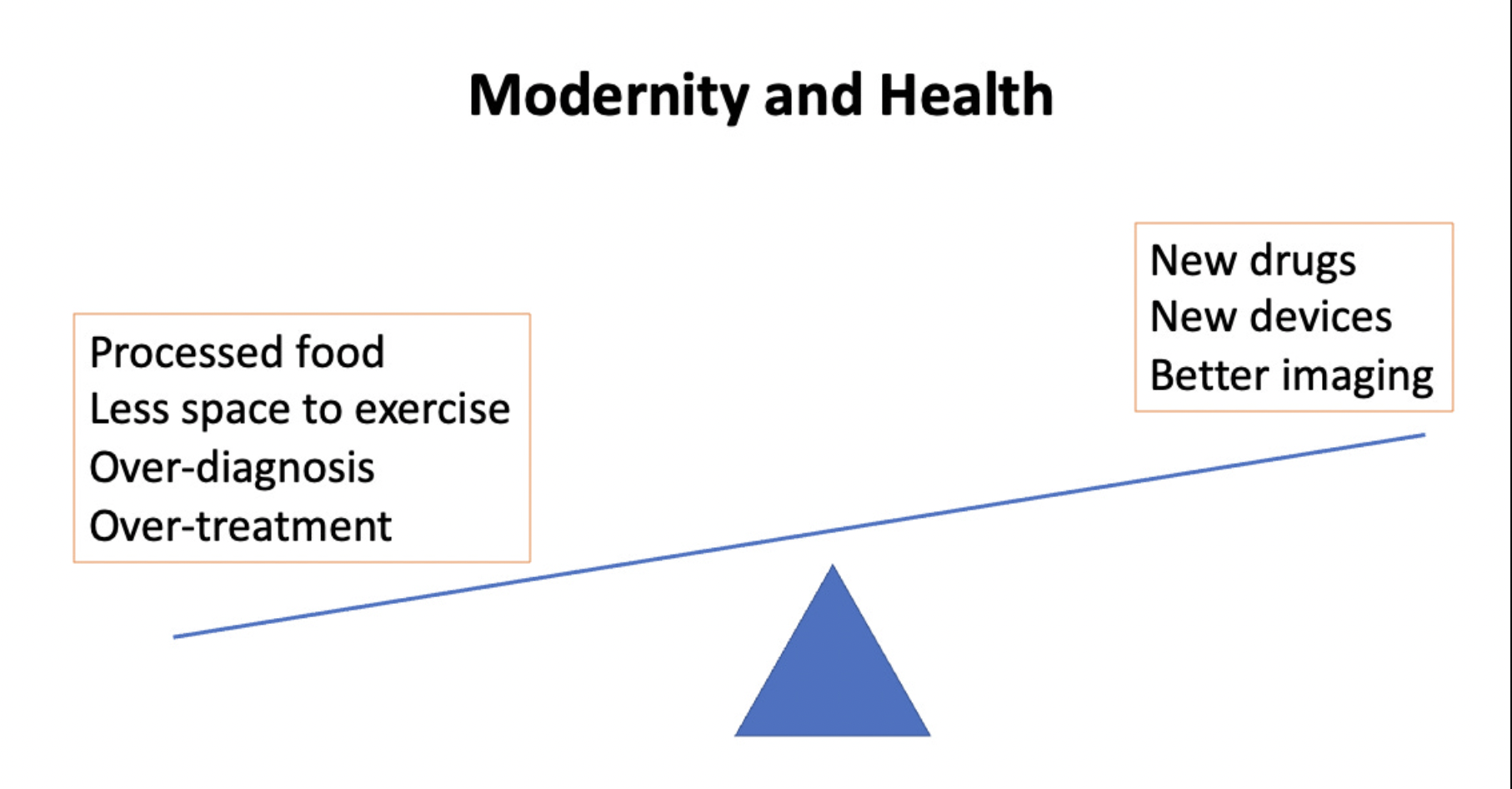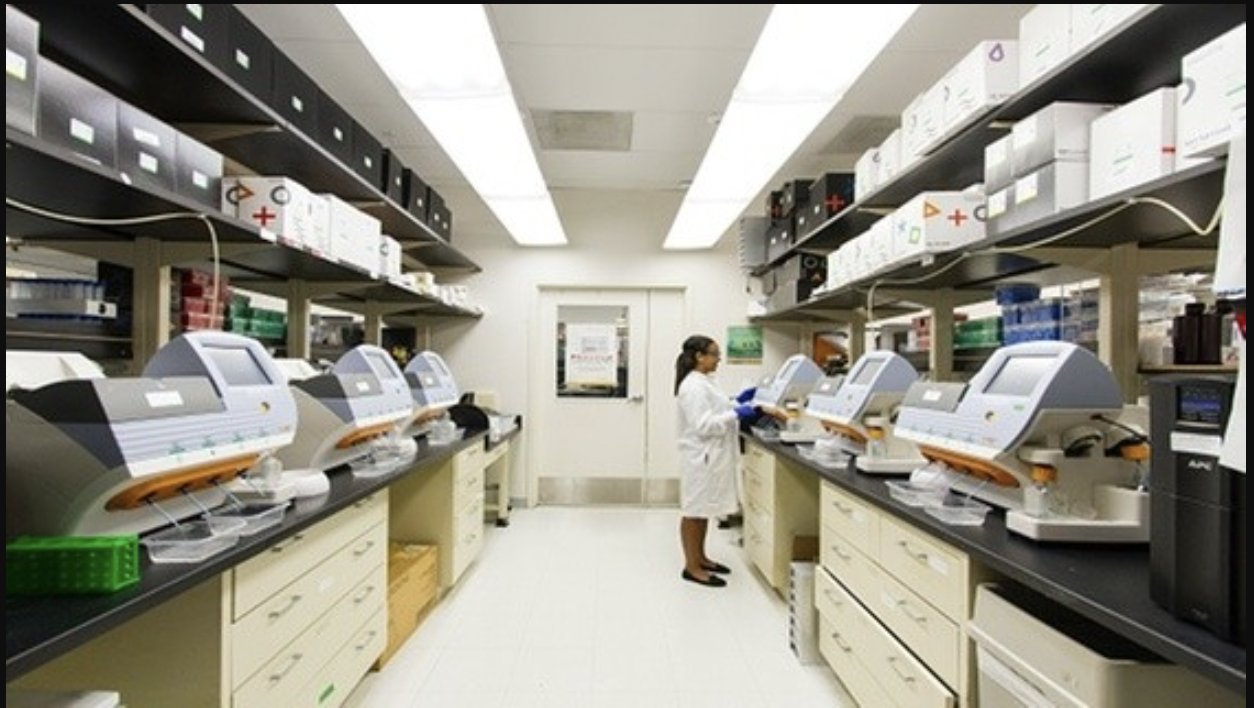From the agricultural age to the industrial age and now the electronic/information age, topics related to human health and disease diagnosis have been an important part of humanity’s primary interests in defining a meaningful existence on Earth. But what has changed over these periods: how and to what extent technology is used to solve problems; the speed/ease of acquiring, transmitting and using data to predict health or diagnose disease; and the use of a multidisciplinary approach to health care, such as the simultaneous use of knowledge from nutrition, agriculture and medicine, to name a few. Therefore, modernity motivates people to strive to achieve “health for all” (i.e. physical, mental and social well-being) by 2063. Automation and robotics have significantly improved the delivery of health care (SDG 3), enabling easier access to specialized medical services, rehabilitation , surgery, support services, diagnostics and patient monitoring, especially in remote locations.

The combination of digital innovation and technology has had a profound impact on gender equality and modern healthcare. In the fields of science, technology, engineering and mathematics (STEM), women play an important role in advancing the diagnosis of health and disease through digital innovation. For example, there has been a significant increase in the development of mobile health (mHealth) technologies that enable remote monitoring and management of chronic diseases. These tools play an important role in improving access to health care for women in remote and underserved areas where they may face barriers to receiving personal care.
Artificial intelligence (AI) and machine learning have also played an important role in advancing medical research and diagnosing diseases. Women in STEM are at the forefront of developing artificial intelligence algorithms to analyze medical images and help diagnose conditions such as breast cancer and heart disease. By using these cutting-edge technologies, healthcare providers are able to make more accurate and faster diagnoses, leading to better health outcomes for patients.
Additionally, women in STEM are also leading the way in creating innovative digital solutions to address systemic gender disparities in healthcare. For example, they are developing telemedicine platforms that prioritize women’s needs and ensure they have access to respectful, empowering and culturally sensitive care. Women in STEM have made significant contributions to digital innovation and technological advances in healthcare. Her work helps reduce the gender gap in access to health care and improve the quality of care for all patients, regardless of gender.
Innovations in Health and Diagnostics: Accounts from STEM Women (Springer, forthcoming) – written by distinguished members of the Institute of Science for the Developing World (OWSD), University of Port Harcourt Branch – offers researchers and practitioners innovative approaches and actions to address SDG challenges operating in the sector and linked to Sustainable Development Goals 3, 5 and 10. These authors have demonstrated research excellence in a variety of scientific fields, ranging from technology, women’s health, environmental sciences and food safety. more Leveraging STEM women’s empowerment in food security, health, environment and access to information will reduce the gender gap and also provide accurate information for disease diagnosis, treatment and prevention. I believe this book will be an inspiration to other women scientists and students who face the challenges of balancing family and work, yet can still make a significant impact and thrive in their chosen career.
